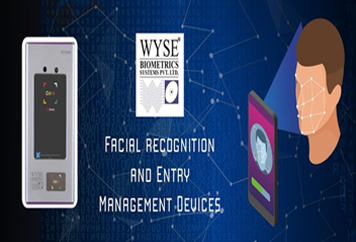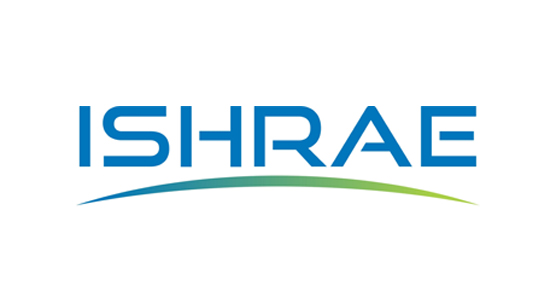Facial Recognition and Entry Management Devices: The New Norm in Biometric Security

Facial detection and identification
services use advanced computer vision algorithms and artificial intelligence
(AI) to analyze and recognize unique facial features. Facial detection involves
detecting and locating human faces in images or video streams, while facial
identification focuses on matching detected faces against a database to
establish the identity of an individual.
The Rise of Facial Recognition
Facial recognition technology has gained popularity across various industries
due to its non-intrusive nature and high accuracy. By analyzing unique facial
features, such as the distance between eyes, nose, and mouth, facial
recognition systems create a biometric template for each individual, making it
virtually impossible to duplicate or forge. This unparalleled level of security
has led to the adoption of facial recognition in various applications,
including mobile device authentication, identity verification, and access
control.
Enhancing Entry Management
Entry management devices equipped with facial recognition capabilities have
transformed access control procedures. Traditional methods like swipe cards or
PIN codes are vulnerable to theft or unauthorized access. Facial recognition
eliminates these risks by providing a touchless, seamless, and secure entry
process. Employees and visitors can gain access to restricted areas simply by
presenting their face to the device, streamlining entry management for businesses
and organizations.
Improved User Experience
One of the primary advantages of facial recognition and entry management
devices is their user-friendly experience. Unlike conventional security
measures that may require individuals to remember passwords or carry access
cards, facial recognition offers a frictionless approach. This not only
enhances user convenience but also reduces the risk of lost or stolen access
credentials.
Time and Attendance Tracking
Facial recognition-based entry management devices also find applications in
time and attendance tracking systems. Employees can clock in and out simply by
facing the device, eliminating the need for manual timesheets or punch cards.
The accuracy and efficiency of this method lead to more precise attendance records
and payroll processing, saving valuable time for both employees and HR
personnel.
Enhanced Security and Fraud Prevention
Facial recognition systems significantly reduce the likelihood of security
breaches and identity fraud. As facial features are unique to each individual,
attempts to deceive the system through impersonation or false credentials are
rendered futile. This level of security is particularly crucial in industries
dealing with sensitive information or high-value assets.
Addressing Privacy Concerns
While facial recognition technology brings immense benefits, it also raises
concerns about privacy and data security. To address these apprehensions,
responsible implementation and strict adherence to privacy regulations are
necessary. Data protection measures, anonymization of biometric data, and
obtaining proper consent from users are critical steps in ensuring that facial
recognition is used ethically and responsibly.
Conclusion
Facial recognition and entry management devices have emerged as the new norm in
biometric security, revolutionizing access control and authentication
procedures. The non-intrusive and accurate nature of facial recognition
technology has led to its widespread adoption across various industries. The
benefits of enhanced security, improved user experience, and streamlined time
and attendance tracking have propelled businesses and organizations to
integrate facial recognition into their security protocols.
However, it is crucial to address privacy concerns and ensure responsible use
of biometric data. By prioritizing data protection and adhering to privacy
regulations, facial recognition technology can continue to shape the future of
secure access management while safeguarding individual privacy. As technology
continues to evolve, facial recognition and entry management devices will
undoubtedly play a pivotal role in fortifying security measures and ushering in
a new era of biometric security.





.png)







